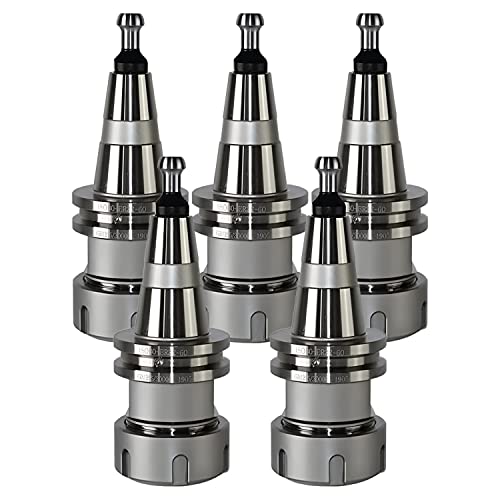- Joined
- May 27, 2012
- Messages
- 57
- Reaction score
- 17
At a list price of over $1200 your comment is more or less irrelevant in this present context? (Nick I initially misinterpreted your comment and realized later that there is a wink at the end, sorry for sounding snarky.)
If the work you need to do is within the range of .5-1.5", what reason is there to increase complexity? Easy enough to make 3 carrier heads to cover the full range. 3 1" cubed blocks of steel , a bit of milling and drilling and voila.
If the work you need to do is within the range of .5-1.5", what reason is there to increase complexity? Easy enough to make 3 carrier heads to cover the full range. 3 1" cubed blocks of steel , a bit of milling and drilling and voila.
Last edited:















![DreamPlan Home Design and Landscaping Software Free for Windows [PC Download]](https://m.media-amazon.com/images/I/51kvZH2dVLL._SL500_.jpg)
















![TurboCAD 2020 Designer [PC Download]](https://m.media-amazon.com/images/I/51UKfAHH1LL._SL500_.jpg)












![MeshMagic 3D Free 3D Modeling Software [Download]](https://m.media-amazon.com/images/I/B1U+p8ewjGS._SL500_.png)
























